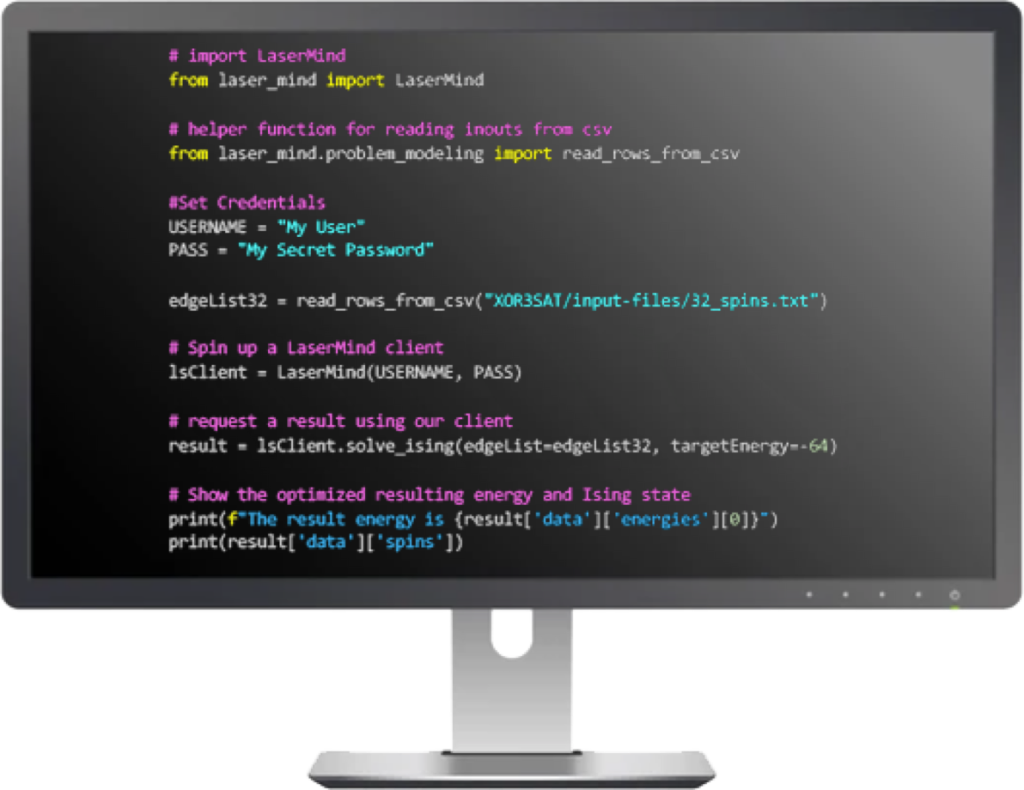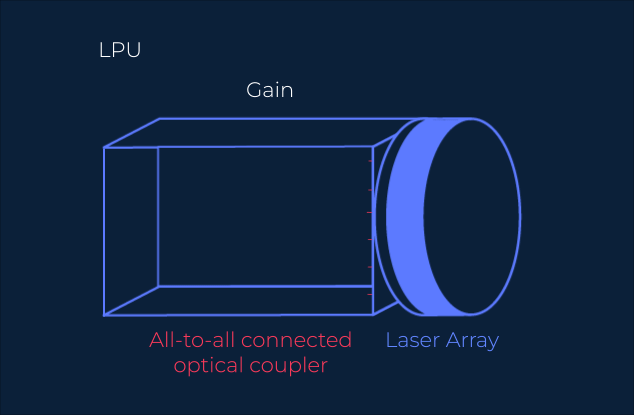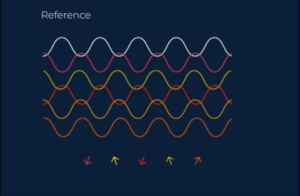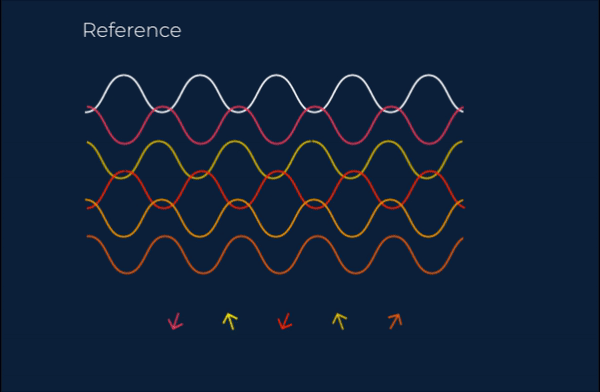End-to-End Solution
in Three Steps
Business challenges involving multiple variables are defined as “NP-hard optimization problems” and require specific mathematical models and great computational power to solve.
LightSolver offers an agile end-to-end service for solving these complex optimization problems – in three steps.
Application
Translation
Computation
Step 1 -
Fast & Easy Application
Purchase a LightSolver license for your organization.
Run a formulated optimization problem representing your business challenge on our laser-based platform accessed via Python package as a cloud service or on-premises.
The platform will output a solution including a state vector and objective function score, calculated at the
speed of light.

Discrete Laser bits
One of the basic models we use is termed “Ising Model” which refers to a well-known model of magnets in physics. This model is based on binary variables (“spins”) that can accept the values of 0 and 1
(or, alternatively, -1 and 1).
Continuous Laser XY-Bits
Some models are ‘rich’ with larger numbers of discrete values (e.g., Potts model) or even completely continuous variables. these models are translated using novel algorithms that utilize the continuous nature of
the laser platform.
Step 2 -
Translating the problem variables into laser bits
Our platform uses proprietary algorithms to translate the mathematical formulation into laser bits with all-to-all connectivity. This is a two-step process:
1. Each of the optimization problem’s variables is assigned to one or more dedicated lasers in the platform, becoming “laser bits”.
For instance, in the Ising case, where the mathematical variables can be only +1 or -1, we can assign the +1 variables to a certain phase range, [0,π], and the -1 variables to [-π,0]. In cases where the problem requires more than two separate values, we can assign the phase range accordingly.
Every laser bit value is derived from its relative phase compared to a reference laser’s phase.

Step 3 -
Solving Optimization Problems Using Phenomenal Computation Powers
The optical system consists of two primary components: the coupler and the gain. The coupler enforces the specific optimization problem’s constraints on the interacting laser bits, while the gain provides the non-linearity required for solving complex problems.
When running the optimization problem on our platform, the laser bits interact and evolve according to the imposed constraints until they reach their preferred state (amplitude, phase and loss), and converge into a solution.
The platform then translates the solution back to the original variables, which can be implemented in your organization and provide immediate value.

Programmable
optical coupler


